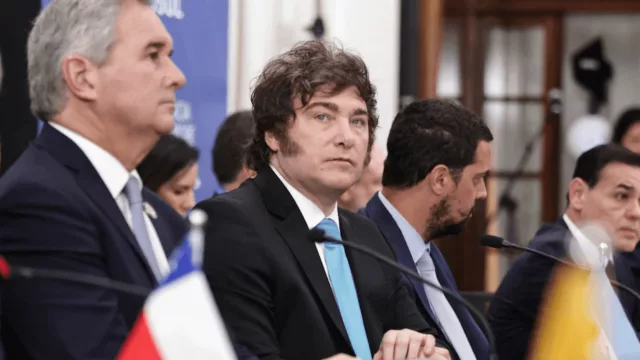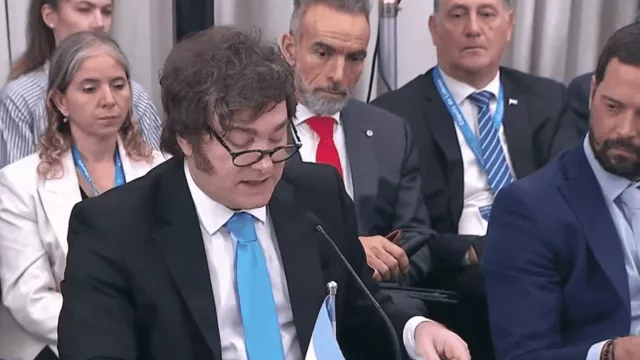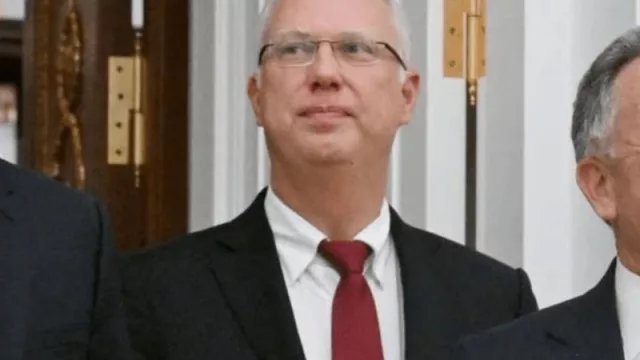In a lawsuit filed on March 7, 2023, the department warned that allowing the US$3.8 billion deal to go through would “eliminate the unique competition” that Spirit, the lower cost airline, currently provides.
The Conversation asked Joe Mazur, an expert on mergers and acquisitions at Purdue University, what consolidation in the airline industry – and the proposed JetBlue-Spirit merger – means for consumers, and why the government is keen to block it.
Why is the Justice Department intervening?
The JetBlue-Spirit merger would bring more consolidation into an already heavily consolidated industry.
But it is more nuanced than that. JetBlue and Spirit have very different business models – JetBlue has positioned itself at the higher end of the low-cost carrier space, whereas Spirit is a through-and-through, no-frills, ultra-low-cost carrier. It keeps prices down by sacrificing things such as complimentary snacks and drinks, entertainment and comfort.
Although the deal is framed as a merger, it is really an attempted hostile takeover of Spirit by JetBlue. As such, it’s not just the Justice Department that is worried about the impact of losing Spirit. According to the official complaint, so too are Spirit’s board of directors.
The presence of an ultra-low-cost service like Spirit has a disciplining effect on prices across the entire market – that is, it helps keep ticket prices down, especially in the markets where it competes.
The biggest concern is that if the merger is allowed to go ahead, JetBlue would simply reconfigure the assets of Spirit to match the service level and prices of JetBlue. For example, as cited in the complaint, JetBlue has indicated it plans to remove some seats from Spirit’s planes in order to bring them in line with the rest of the JetBlue fleet.
If it were the other way around – that is, if Spirit were buying JetBlue – then I’m not sure there would be a problem. Similarly if the merger was between Spirit and fellow low-cost carrier Frontier, a deal that was at one point on the table, the government may not have gotten involved.
How does this proposed merger fit the industry trend?
There has been a ton of consolidation over the last couple of decades. The pursuit of profit motivates most every merger attempt, and it’s no secret that airlines weren’t making money for a long stretch. The 9/11 terrorist attacks, a series of pilot strikes, rising fuel costs, and a couple of recessions hit the industry hard in the early 2000s.
In 2005, Northwest Airlines and Delta Air Lines filed for bankruptcy. They both restructured, through laying off staff and streamlining services, and came out of bankruptcy a couple years later. Then in 2008 they announced a merger.
At the same time you started to hear about “capacity discipline” – that is, the reduction, or at least slower introduction, of seats and flights overall. In short, the airlines were not competing as intensively in a bid to make flights more profitable for the entire industry. But such a plan is a lot easier to stick to when there are fewer players.
The deal between Delta and Northwest was followed by a series of other mergers. In 2010, United Airlines merged with Continental in an $8.5 billion deal. A year later, Southwest bought AirTran Airways for $1.4 billion.
In 2013, American Airlines and US Airways merged to form the largest carrier in the world at that time. Other mergers followed, including the combination of Alaska Airlines and Virgin America in 2016. Today, per the government’s official complaint, the largest four airlines represent some 80% of airline traffic.
If the JetBlue-Spirit deal is scuttled, it would be the first time since 2001 that two airlines have abandoned a proposed merger in the face of a lawsuit from the Justice Department. In that case it was a proposed merger between United Airlines and US Airways that the Bush administration claimed would result in higher fares and worse service. Since then the government has stepped in on numerous occasions to block airline mergers, but has eventually given the green light following concessions from the airlines.
What was behind the trend to consolidate?
The traditional argument for mergers put forward by airlines is that they produce a higher-quality, more efficient product – it is a win-win, they say, generating benefits for consumers and investors alike. Oftentimes this is at least partly true.
However, consolidation also leads to higher profits simply by virtue of reduced competition. That is, you tend to make more money when there aren’t as many competitors. For example, my daughter’s lemonade stand will sell more lemonade if there isn’t a rival stand across the street – and she can even charge more per cup!
Similarly, airlines make more money when fewer of them are competing, and part of that is being able to raise prices for consumers. This aspect of consolidation is where the Clayton Act, which outlaws anti-competitive mergers, becomes relevant. And the Clayton Act is the basis for the Justice Department’s suit.
Mergers can also bring about scale efficiencies – there are real, proven benefits to having a large network.
But JetBlue will almost certainly need to restructure the merger if it is to be successful. This would likely mean the divestiture of assets – for example, the sale of landing rights at some airports to budget airlines, or relinquishing gate leases to others – to increase competition. American Airlines and US Airways agreed to similar concessions before they were allowed to merge, and JetBlue has already indicated plans to divest assets at some airports.
Nevertheless, I do not expect the merger to go through without a drastic change in the expected use of Spirit’s assets.
Do mergers necessarily mean higher airfare?
It depends on the merger and the market in question. Studies vary pretty widely on this issue, based on the methodology they use, the macroeconomic context for the merger, and the type of businesses involved. But generally what you see is that after a merger, prices in overlap markets – those in which the two merging carriers compete – go up by maybe 3-5% overall, with larger increases on the order of 10-15% on routes where the overlap is especially significant. For JetBlue and Spirit, markets in and out of Fort Lauderdale, Boston, Hartford and others are most likely to see significant upticks.
This is because mergers generate upward pricing pressure by reducing competition. But, from a consumer’s point of view, that might be tolerable as long as the resulting product is better. This may be especially true if prices are held down because of resulting efficiency gains.
In the JetBlue and Spirit case, it might mean prices go up for the old Spirit flights, but not so much for the JetBlue flights. So if you are a JetBlue fan, this could be good news. It would mean that you can now fly to more places, and you get the same JetBlue services.
But if you are a Spirit die-hard, you will not like this at all. Instead of paying a lot less, you might have to pay more for a flight with add-ons you can do without. And if you are a frequent flier on just about any other airline, you can expect to lose the price-tempering effects of Spirit in the long run, given that it is the largest and fastest growing ultra-low-cost carrier in the market.
Are claims that services improve through a merger true?
The short answer appears to be yes for some mergers but not necessarily on all metrics. One study found that the effect of legacy mergers on fares was negligible and that overall, such deals were pro-competitive because they led to an increase in capacity.
As to other metrics, such as easier boarding, more on-time flights, or better in-flight services, that is harder to judge. One study of five airline mergers indicated that on-time performance may get better in the long run after the merger, but even if on-time performance did improve, it may be the wrong way to look at service changes. If you are someone who relies on budget pricing, then being on time rather than a few minutes late, and having the option of nuts and a soda, might not be enough to offset the pain of having to hand over more money for the flight in the first place.
Joe Mazur, Assistant Professor of Economics, Purdue University
This article is republished from The Conversation under a Creative Commons license. Read the original article.
![]()












Tu opinión enriquece este artículo: